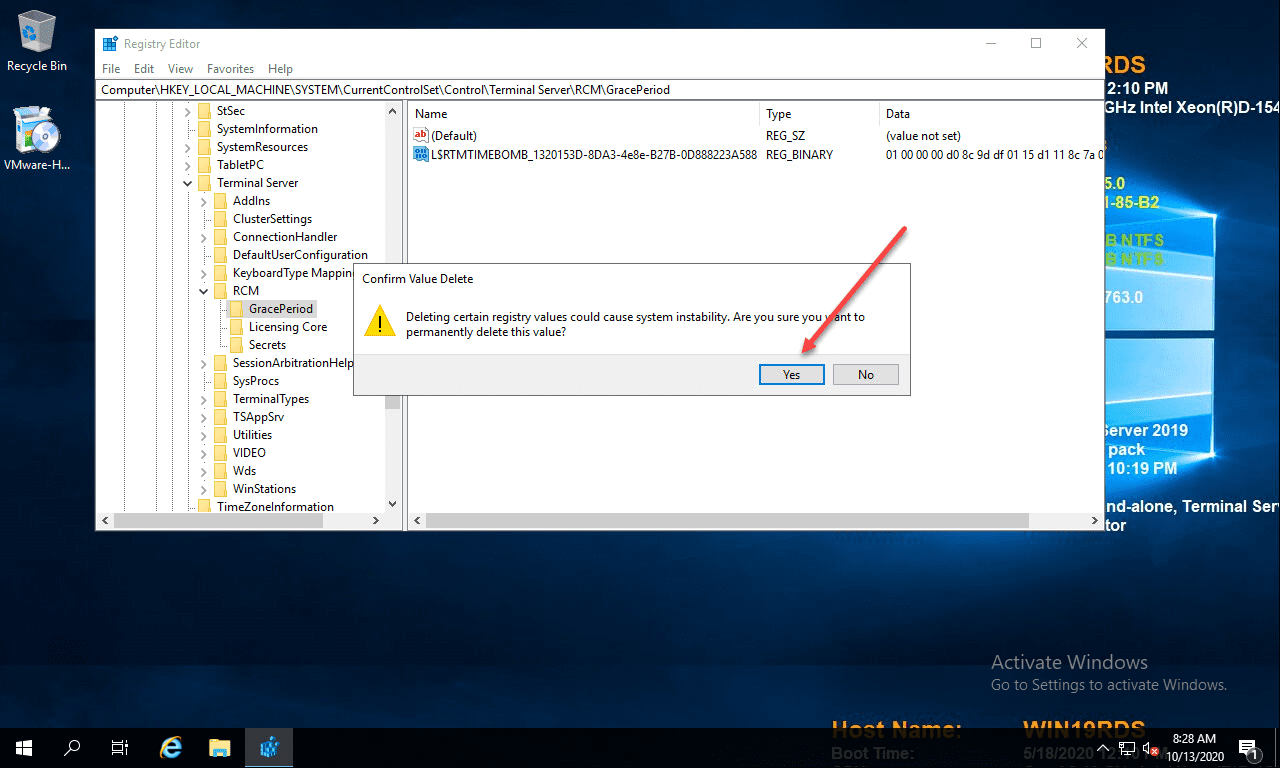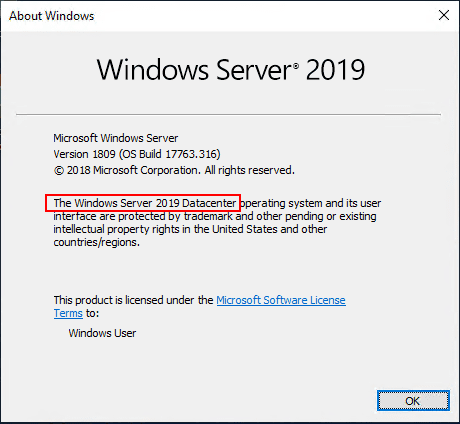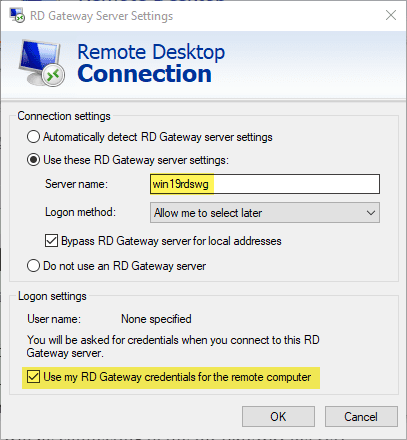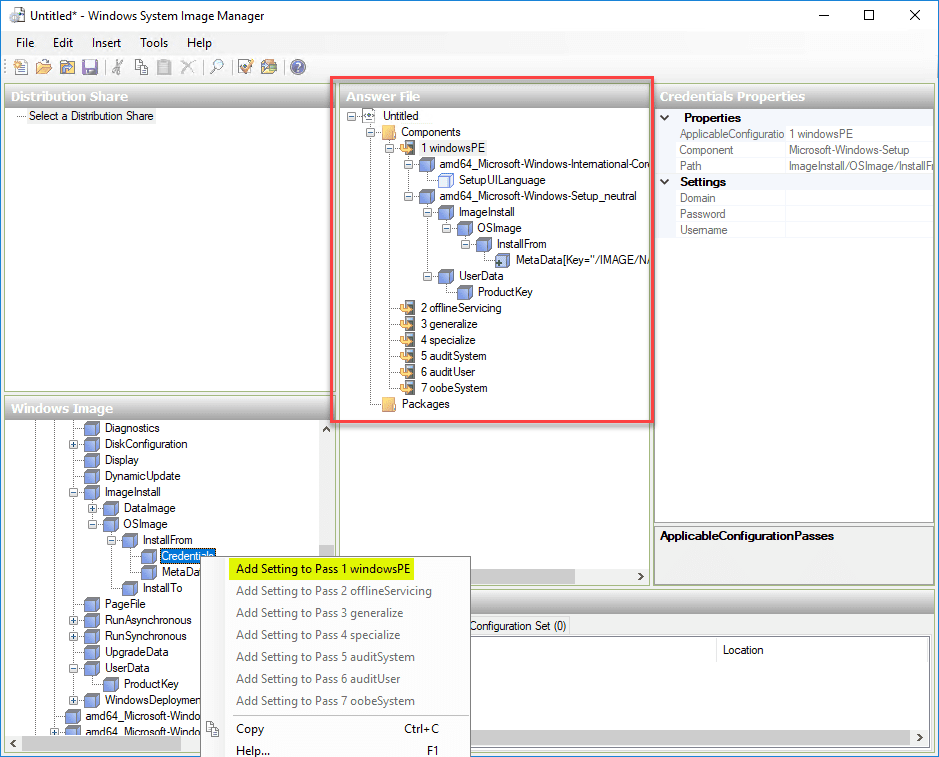Windows Server System Insights Predictive Analytics Installation and Features
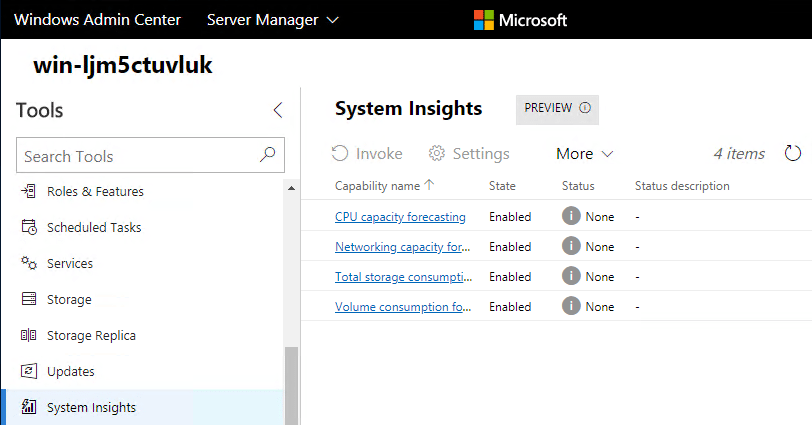
With the release of Windows Admin Center (formerly Project Honolulu), we can see that Microsoft is really taking the new web based management platform and running with it. It is not hard to see (this has been rumored by many) that Windows Admin Center may be the future of Server Manager which is now getting long in the tooth. It certainly provides a much more slick and intuitive interface if you ask me and has the potential to do some even more amazing things. With the release of System Insights, you now have the ability to have predictive analytics added to your Windows Server platform via the Windows Admin Center by way of the System Insights extension. Let’s take a closer look at Windows Server System Insights Predictive Analytics Installation and Features to get a better feel for what this new tool looks like and some of its capabilities.
Windows Server System Insights Predictive Analytics Installation and Features
As we have already covered Project Honolulu (previous name for Windows Admin Center, we looked at the tool and some of the features. To take the new System Insights extension for a test drive, in the home lab, I have a fresh installation of Windows Server 2019 vNext Preview Build 17692 and installed Windows Admin Center Preview 1806.
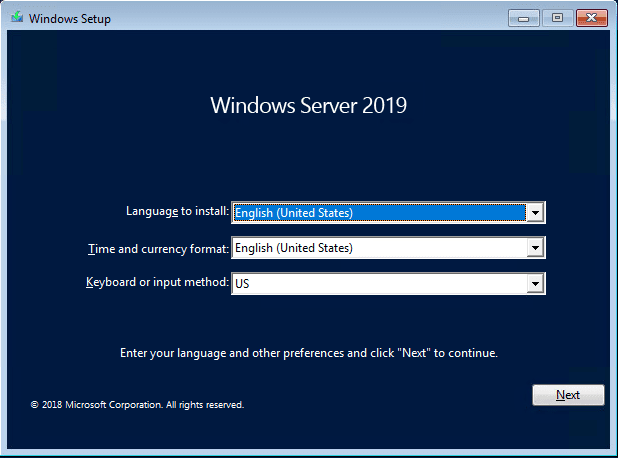
First things first, let’s take a look at how System Insights is installed via both PowerShell, Server Manager, and the Windows Admin Center.
PowerShell
Installation via PowerShell is extremely straightforward via the command:
Add-WindowsFeature System-Insights -IncludeManagementTools
Server Manager
With Server Manager it is equally as straightforward as the System Insights Feature is easily added via this method as well.
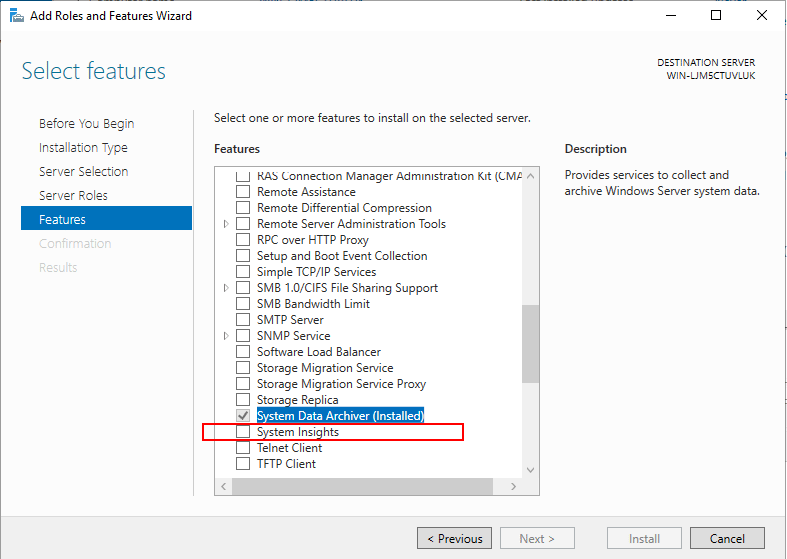
Windows Admin Center System Insights
I am not detailing the Windows Admin Center installation as it is straightforward. By simply downloading the Windows Admin Center MSI and running the installation, you are up and running in just a couple of minutes. Below, you see the newly installed Windows Server 2019 server ready to be managed with Windows Admin Center.
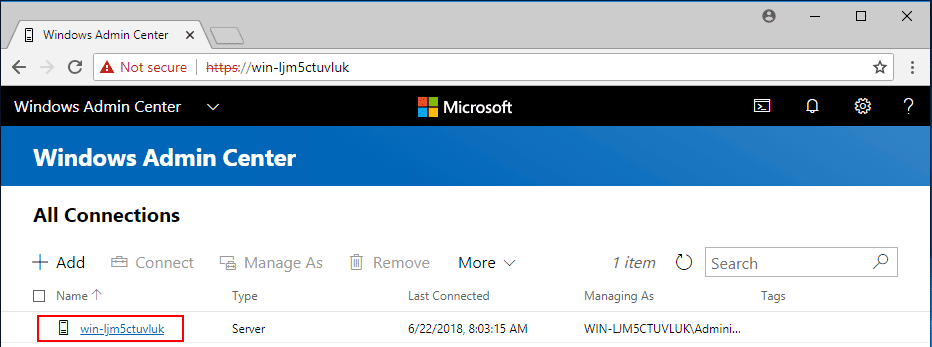
To get to the area of Windows Admin Center to install the System Insights extension, click the little settings cog in the top right hand corner.
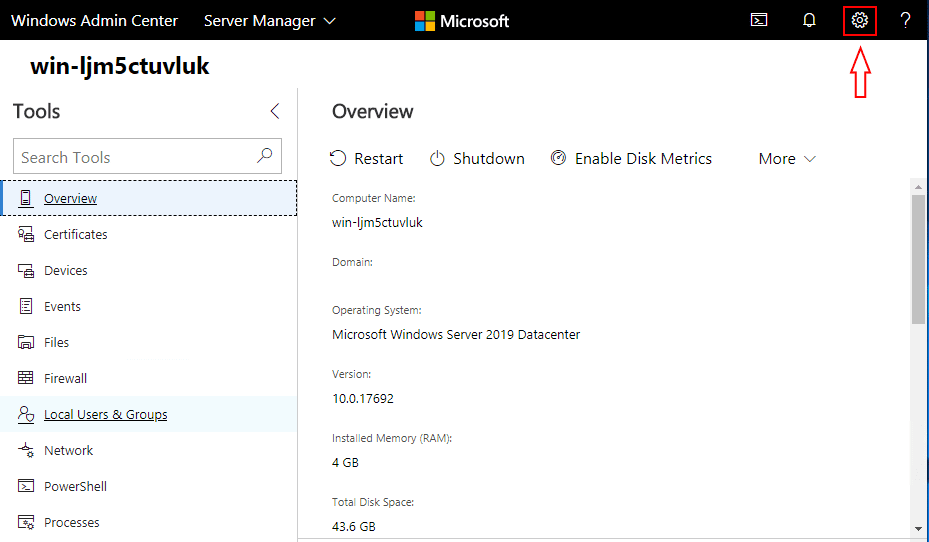
Click Extensions and you will see the Available Extensions listed below. One of the available extensions is the Windows Server System Insights “Preview” module.
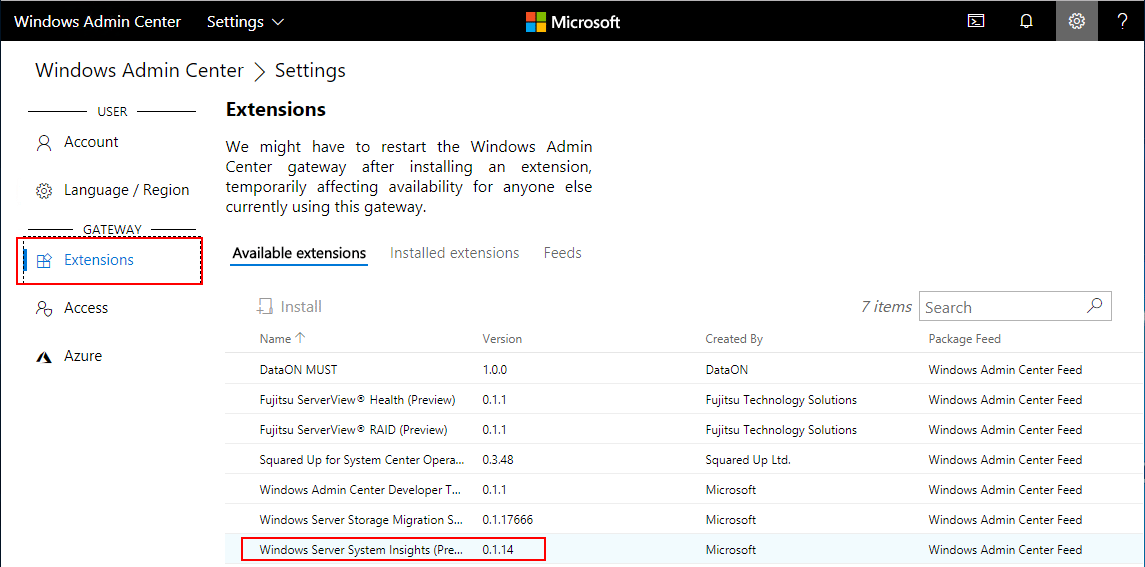
Once you highlight the extension, below, you will see the description presented for the module.
Windows Server System Insights uses predictive capabilities to analyze system data to provide increased insight into the functioning of your server.
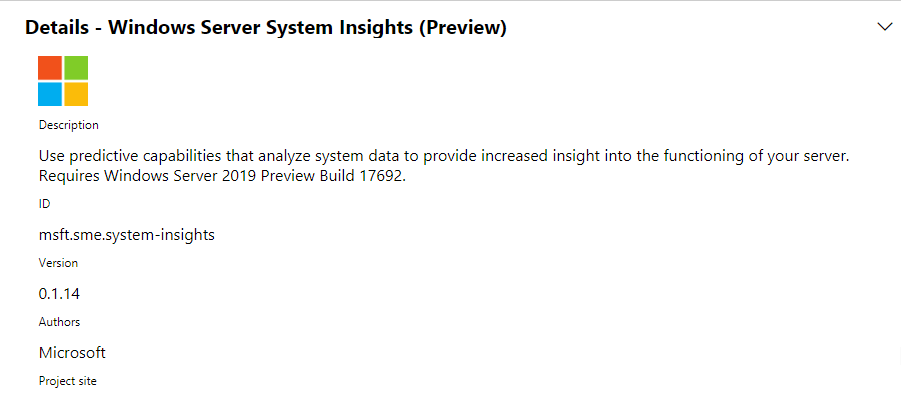
Highlight the System Insights module and click the Install button.
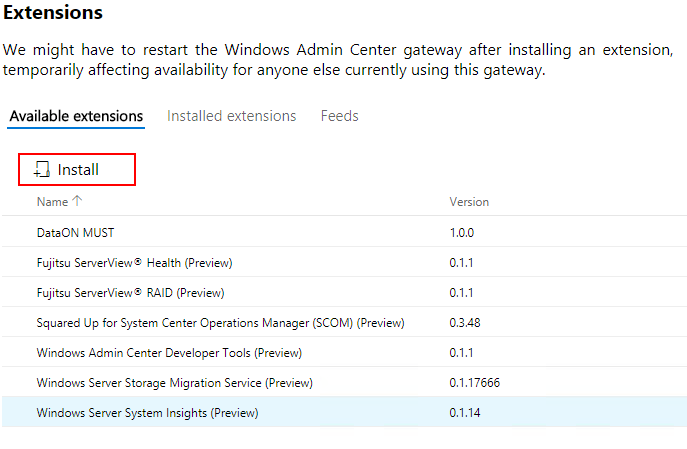
Confirm the installation of System Insights into Windows Admin Center.
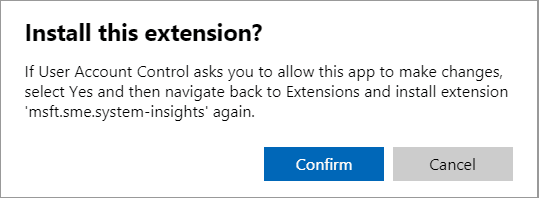
After a brief installation, you can click in the Installed extensions and you should see the Windows Server System Insights module listed as Installed.
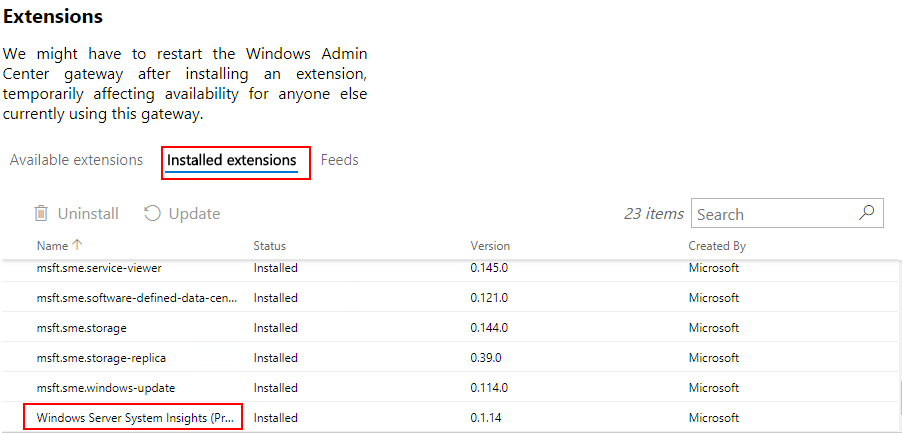
Now, you can navigate back to the Tools section in Windows Admin Center and at the bottom, the System Insights menu is now listed. You still have to Enable the extension however. As you see below, there is an Enable System Insights button to begin enabling the module.
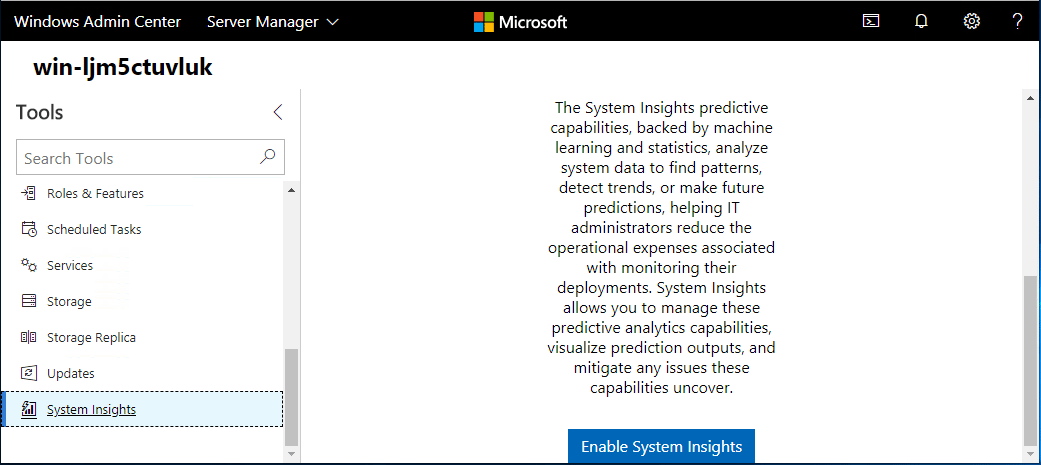
The System Insights installation will begin setting up.

After completing, you will now see the available System Insights listed:
- CPU capacity forecasting
- Networking capacity forecasting
- Total storage consumption forecasting
- Volume consumption forecasting

If you click one of the Capability names hyperlinks, you will be taken to the configuration of the particular forecasting you want to setup. After clicking the Invoke button, you will see the forecast module “armed” so to speak and it will start gathering data. You will see the Check back again later – we don’t have enough recent data to make predictions displayed until enough data is gathered which will take a while.
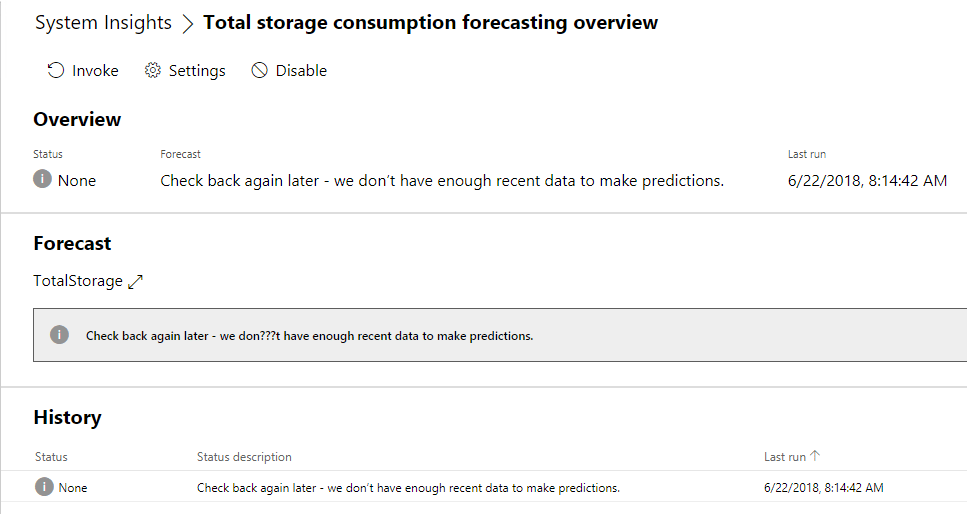
Under the Settings button for each forecast module, we find very interesting options – Schedule and Actions. With the Schedule module, you can configure when the prediction runs are executed.
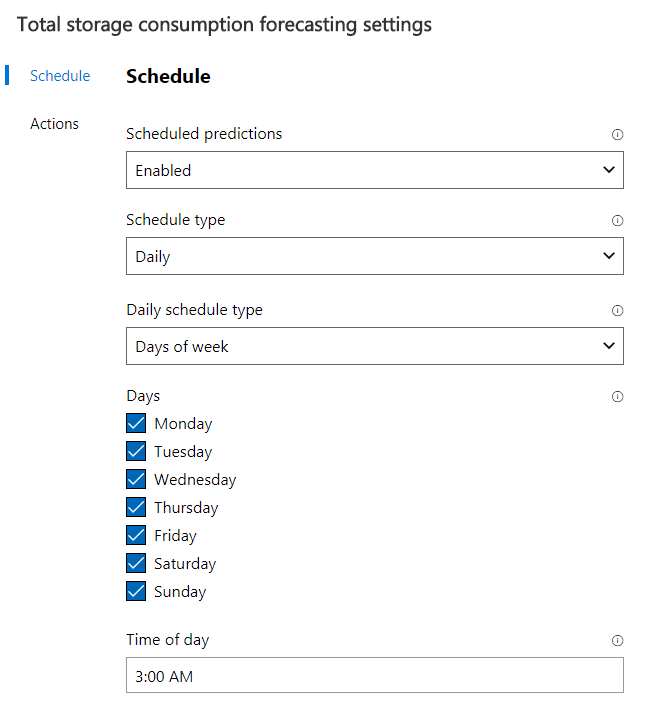
The true power of the System Insights extension is realized when you look at the Actions section of the settings area. You can setup PowerShell scripts to execute when certain prediction statuses are encountered and returned. There is a great resource of pre-written PowerShell scripts to get started with enabling this functionality here:
As an example, one of the script examples listed is extending a volume when it’s forecasted to exceed the available capacity. Cool stuff!
<#
Extend-Volume
If possible, extend the specified volume a specified percentage beyond its current size. If can't extend to this size, this function will extend to the maximum size possible.
:param $VolumeId: [string] ID of the volume to extend.
:param $Percentage: [float] Percentage to extend the volume.
#>
Function Extend-Volume {
Param (
$VolumeId,
$Percentage
)
$Volume = Get-Volume -UniqueId $VolumeId
if ($Volume) {
# See if the volume can be extended.
$Sizes = $Volume | Get-Partition | Get-PartitionSupportedSize
# Must be able to extend by at least 1Mib
if ($Sizes.sizeMax - $Volume.Size -le 1048576) {
Write-Host "This volume can't be extended." -ForegroundColor Red
return
}
$OldSize = $Volume.Size
# Volume size if extended by specified percentage.
$ExtendedSize = $Volume.Size * $Percentage
# Select minimum of new size and max supported size.
$NewSize = [math]::Min($ExtendedSize, $Sizes.sizeMax)
try {
# Extend partition
$Volume | Get-Partition | Resize-Partition -Size $NewSize
Write-Host "Successfully extended partition." -ForegroundColor Green
Write-Host " Old size: $OldSize."
Write-Host " New size: $NewSize."
} catch {
Write-Host "Failed to extend volume." -ForegroundColor Red
}
}
else {
Write-Host "The volume with ID: $VolumeId wasn't found." -ForegroundColor Red
}
}
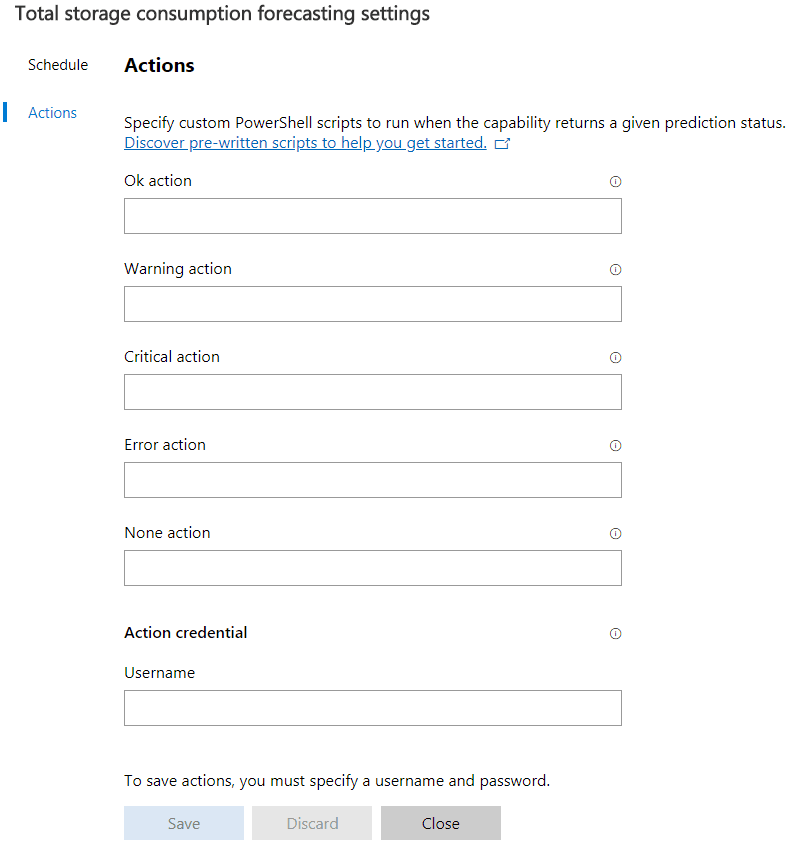
The Windows Server System Insights Predictive Analytics Installation and Features provides a powerful new tool that Windows Server administrators can use to better forecast various capacities and automate actions based on these forecasts that are returned from the System Insights feature.
Takeaways
Windows Server System Insights Predictive Analytics Installation and Features provides a look at the future of Windows Server administration through the Windows Admin Center as well as the more “living and breathing” Windows Server that is able to “think” for itself, predict certain environmental conditions and act on those accordingly. It will be interesting to see how Windows Admin Center continues to grow and morph according to new extensions and modules that will plug into the dashboard. Stay tuned!





